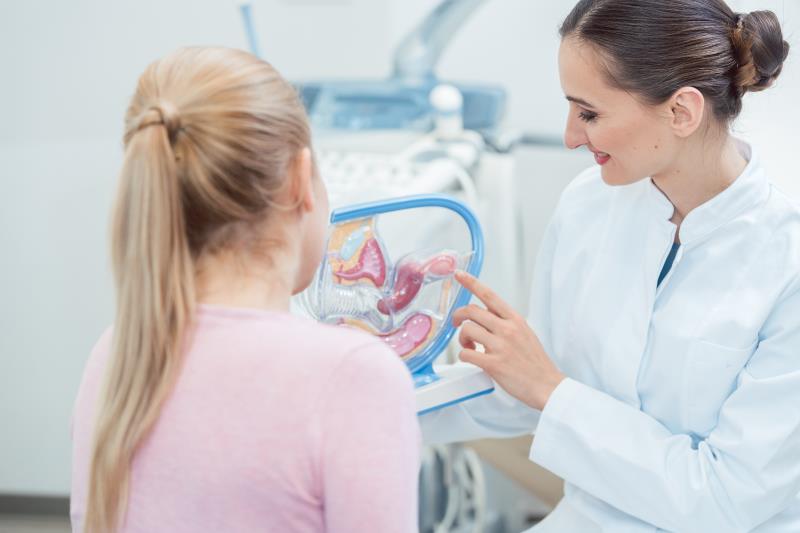Frequent use of stored eggs, embryos in female cancer survivors who undergo fertility preservation





Female cancer survivors who undergo fertility preservation before cancer treatment often use their stored gametes/embryos. This highlights the effectiveness of pre-cancer fertility preservation, according to a study presented at ESHRE 2020.
“Over nearly 2 decades of follow-up, one in six patients who underwent fertility preservation used their stored gametes/embryos with a good outcome,” noted the researchers led by Dr Dalia Khalife from Guy’s and St Thomas’s Hospital, London, UK.
This prospective study included 879 young women diagnosed with cancer between 2000 and 2019 (mean age 33.8 years, mean BMI 23.7 kg/m2, mean anti-Müllerian hormone level 18.8 pmol/L) who presented for counselling on fertility preservation at the Assisted Conception Unit at Guy’s and St Thomas’ Hospital. The most common cancer type was breast cancer (63.1 percent), followed by lymphoma (18 percent).
About 42 percent of the patients (n=373) underwent fertility preservation, 40.7 percent of whom underwent embryo cryopreservation, 53.4 percent oocyte cryopreservation, and 5.1 percent both, while 0.76 percent underwent ovarian tissue cryopreservation at a different facility.
About 33 percent of patients (n=297) returned for follow-up for assessment of ovarian function, menopausal symptoms, hormone replacement therapy, and fertility treatment. Mean time to follow-up was 21.2 months, with 66 percent of patients returning for follow-up within 2 years of cancer diagnosis. [ESHRE 2020, abstract O-036]
The utilization rate – aka embryo transfer among women with frozen gametes – was 16.4 percent (n=61). The livebirth rate was 72.1 percent (n=44), with 9.1 percent of these twin births. Miscarriage occurred in 12.2 percent of the women.
Breast cancer survivors were most likely to return for fertility treatment compared with lymphoma survivors (44.3 percent vs 13.1 percent) and they had a higher live birth rate (70.3 percent vs 37.5 percent; p<0.001).
Fertility preservation vital in female cancer patients
Despite routine sperm storage among male cancer patients, use of the stored gametes is less than 10 percent, said Khalife, who noted the lack of information on oocyte/embryo utilization in female cancer survivors. “This is the first prospective study looking at the long-term outcome of oocyte/embryo cryopreservation in a cohort of female oncology patients [and is a demonstration of how fertility preservation in these cases can be effective],” she said.
The study did not account for the number of spontaneous conceptions. “A proportion of patients may [also] need a longer time to attempt pregnancy,” she added.
She also stressed the need for a longer follow-up period as many patients present at a very young age and may not consider pregnancy for another decade or so. “Previously, there were few options for fertility in these young women – but now there is and our data show that the results can be of great benefit.”
“It is our hope today that all young women diagnosed with cancer and good prognosis are referred for fertility consultation. Success of such a service requires close work with our oncology colleagues, rapid access, and clear referral pathways to enable a large number of young patients to be treated,” said Khalife.
“We do believe that a fertility preservation service must be integral to a modern cancer care pathway. Fertility preservation with eggs and embryos has been beyond experimental for some time. And it’s important that clinicians across the world continue to collect and share data on long-term outcome for all methods, including ovarian tissue preservation, to provide patients with robust information,” she concluded.